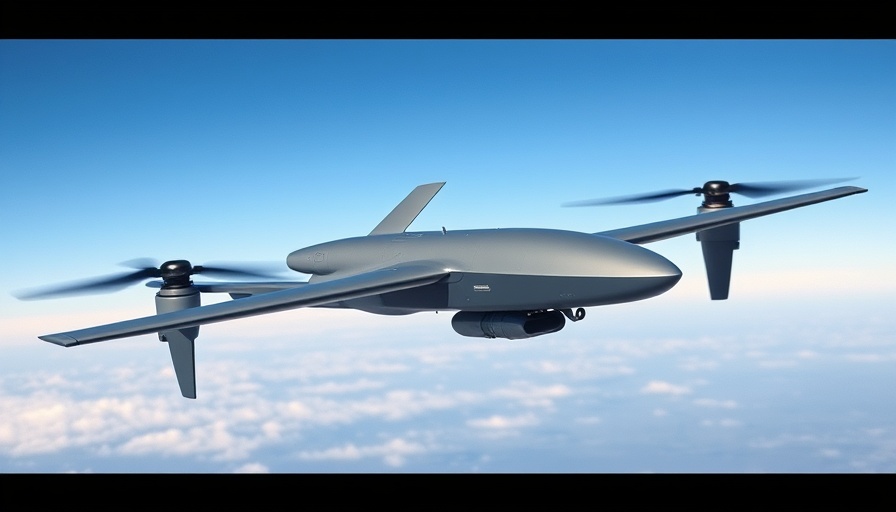
Offshore Wind Project Gets New Lease on Life Amid Uncertainty
The recent reversal by the Department of Interior allowing Equinor to restart the $5 billion Empire Wind project symbolizes a dramatic pivot in energy policy, as it contrasts sharply with prior orders under the Trump administration. This decision follows weeks of uncertainty for Equinor, which had incurred hefty costs of $50 million weekly due to halted operations while attempting to comply with federal regulations.
A Significant Investment in Renewable Energy
The Empire Wind project promises to be a substantial contributor to New York's energy landscape, with plans to install dozens of towering turbines across 80,000 acres of the Atlantic Ocean. With a capacity to generate 800 megawatts of electricity, this initiative is set to power around 500,000 homes in New York City, reflecting a commitment towards sustainable energy in the face of rising fossil fuel concerns.
Political Dynamics and Economic Ramifications
The political backdrop of this decision sheds light on the complex interplay between energy policy and state-federal relations. Governor Kathy Hochul’s proactive stance against federal overreach highlights New York’s determination to pursue renewable energy solutions. At stake is not just the operational capacity of such projects but the messaging around green energy: delays and uncertainties can severely impact investor confidence and public sentiment.
Construction Industry Impacts and Job Creation
In its initial phases, the Empire Wind project has already created about 1,500 jobs while investing $900 million in local infrastructure, notably in the South Brooklyn Marine Terminal. This raises critical questions about economic resilience and job stability in construction-related fields as the industry oscillates between potential growth in renewable energy projects and obstacles posed by fluctuating policies.
Current Trends in Offshore Wind Energy
Amidst federal shifts, New York stands as one of 17 states challenging the earlier memos issued by the Trump administration. This legal entanglement indicates a broader trend where state governments become increasingly assertive in safeguarding their energy interests. With over a dozen offshore wind projects proposed across the nation, companies must navigate a complicated regulatory environment that can delay development timelines.
Future Implications for Energy Policy
Undoubtedly, the future of offshore wind energy is closely tied to forthcoming regulatory frameworks and the balancing act between economic interests and environmental evaluations. The scrutiny surrounding the environmental impact—especially concerning marine life—may shape how swiftly projects like Empire Wind can scale and succeed. Moreover, the long-term sustainability of tax credits that facilitate such ventures is crucial for continued investment in green technologies.
In conclusion, the re-launch of the Empire Wind project underlines an ongoing reshaping of America's energy narrative. This initiative not only represents a large financial investment but also embodies a shifting public perception about energy sources and sustainability. As stakeholders gear up for the larger implications of this project, it will be essential to monitor how these offshore initiatives unfold in an uncertain policy landscape that seeks to reconcile economic and environmental interests. Add Row
Add Row  Add
Add 




Write A Comment